Computer facilities of the CMEA countries. Part Two: Czechoslovakia

As already mentioned in the first part , on January 5, 1949, the Council for Mutual Economic Assistance (CMEA) was created. The participants of the Commonwealth are the countries of socialist Europe: the Soviet Union, Romania, Bulgaria, Poland, Czechoslovakia and Hungary, and a little later Albania, the German Democratic Republic joined them. The functions of the CMEA were to promote the unification and coordination of cooperation in the planned development of the economy, economic and scientific and technological progress, and the alignment of the economic development levels of the member countries of the organization.
Here is what they wrote about this experiment in the years 70-80, “Computing technology of the socialist countries” (ed. M. E. Rakovsky. Issue 1-8. M., Statistics, 1977-1980):
Despite disinterested criticism from Western opponents and their skeptical predictions, the Eastern community was able not only to solve its economic problems, but it also came forward in many scientific fields. Thanks to economic and scientific cooperation on the basis of equality and mutual assistance, the countries of Eastern Europe were able to organize their own project for the joint development of computer technology, one of the key areas of our time, and relatively independently continue further work, solving their problems on their own ... a unique example of fruitful international cooperation based on new relations between the peoples of different countries ... despite the dominance of the USSR in the "higher political spheres"
Czechoslovakia
Institute of Computing, Antonín Svoboda, Prague Machines for Precision Engineering, Research Institute for Mathematical Machines - VUMS, relay computer SAPO and much more connected with the development of computing technology in Czechoslovakia.

VUMS
After the war, the economic situation of Czechoslovakia was difficult. The material damage caused by the war was equal to the national income of pre-war Czechoslovakia for six years. But the development of the state after the Second World War was different from the development of the countries of Eastern Europe. Before the war, she was among the ten most developed capitalist countries in the production of industrial products per capita. Therefore, large-scale industrialization was not planned here. Czechoslovakia consisted of an industrially developed Czech Republic and agrarian Slovakia; the transfer of more than 300 enterprises from the Czech Republic to Slovakia turned out to be economically viable. For their activities, energy from hydroelectric power stations built on mountain rivers was used.

Antonin Svoboda
In 1950, the Laboratory of Mathematical Machines was organized at the Research Institute of Mathematics of the Academy of Sciences of the Czechoslovak Socialist Republic, headed by the eminent Czech scientist Antonin Svoboda. Antonina Freedom - can be considered the father of modular arithmetic. Freedom was one of the first to propose and practically implement the use of a residual system in an electronic computer. The idea of modular arithmetic was based on the ancient Chinese theorem on residuals; more than once in history, scientists tried to put it into practice. In 1950, a Czechoslovak scientist, during a course of lectures on digital and analog computing, explained the theory of building multipliers.

He noted that in analog technology there are no fundamental structural differences between the adder and multiplier, the difference is observed only in the application of scales at the inputs and outputs. At the same time, in the digital implementation, the adder and multiplier have fundamental differences. Antonin suggested that students try to find a digital implementation that could perform addition and multiplication with comparable ease. Student Miro Valah proposed the idea of digital coding, later it was called the "residual class system" (SSC). The task was to make multiplication as simple as adding it did not solve, but thanks to this idea it became possible to build a modular computer. Antonin Svoboda was a multilateral personality and an outstanding scientist, he worked in Paris, in America, and in the Cambridge radiological laboratory. During the Second World War, he was the leading developer of computer anti-aircraft systems at Radiation Labs MIT. Under his leadership, the development of the design of a relay automatic computer (SAPO - Samocinny Pocitac) began. In 1958, the car was commissioned. In 1964, Liberty left Czechoslovakia, emigrating to the United States (heavy political pressure and persecution began). In 1968, he was awarded the IEEE Award for "contribution to logical design, mechanical design, and fundamental work on number systems in residual classes." having emigrated to the USA (heavy political pressure and persecution began). In 1968, he was awarded the IEEE Award for "contribution to logical design, mechanical design, and fundamental work on number systems in residual classes." having emigrated to the USA (heavy political pressure and persecution began). In 1968, he was awarded the IEEE Award for "contribution to logical design, mechanical design, and fundamental work on number systems in residual classes."
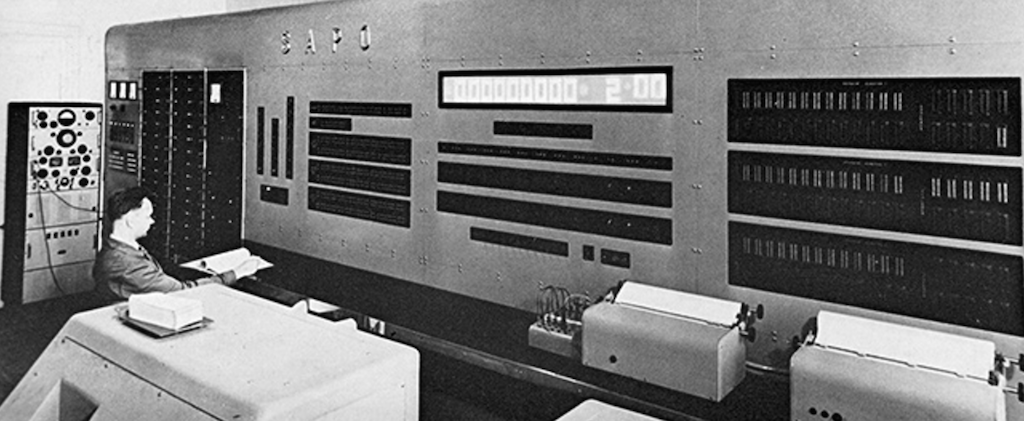
SAPO
The first relay machine consisted of 7000 relays, 380 lamps, 150 diodes, had a magnetic memory device on the drum, three independent processors. Independent processors were used to continuously monitor each other, and the operating cycle of the processor itself was 160 ms, the program contained multicast commands. Punch cards for data entry, electric typewriter for data output.
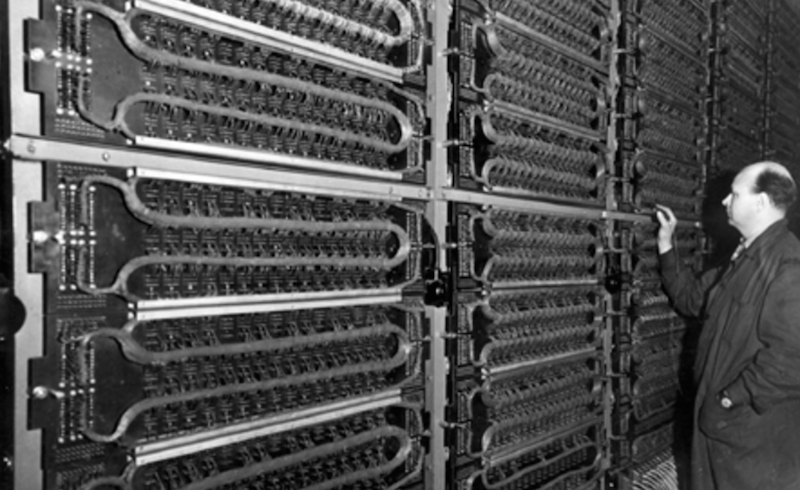
Počítač SAPO
The EPOS tube computer, developed at the Institute of Mathematical Machines under the guidance of V. Gregor, followed the relay machine. Developed in 1958 - 1962, the tube Elektronický POčítací Stroj, EPOS became the first fully electronic computer in Czechoslovakia and the first modular computer in the world.

EPOS-1
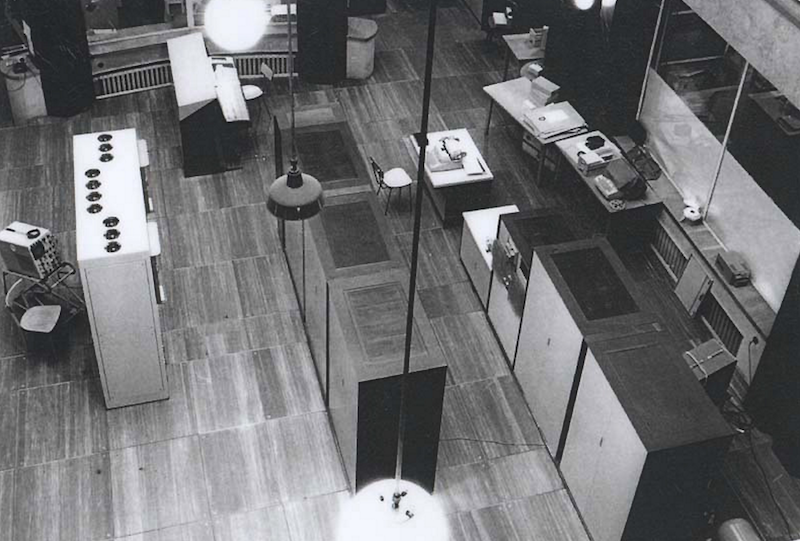
EPOS-2
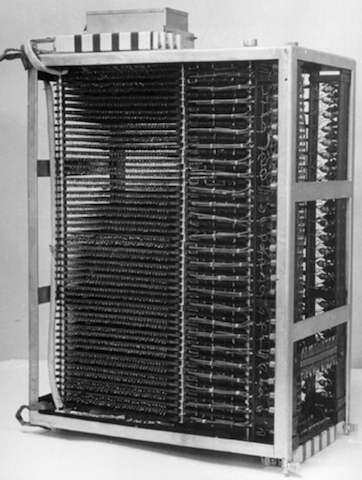
The EPOS computer contained 8 thousand lamps, was multi-program (up to 5 programs) with a time-sharing mode. Computers with ferrite RAM with a capacity of 1024 65-bit words could perform from 5 to 20 thousand operations per second over decimal 12-bit operands. In 1963, it was planned to make one set of computers, in 1964 - two, in 1965 - three, but only two versions of EPOS were made. The reason for this was the development (in 1960-1965) of a more advanced and economical transistor version of the modular computer - EPOS-2.
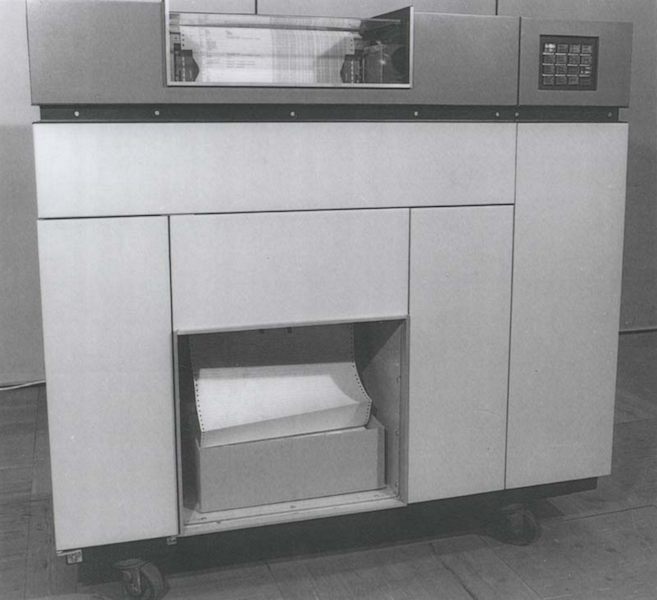
EPOS-2
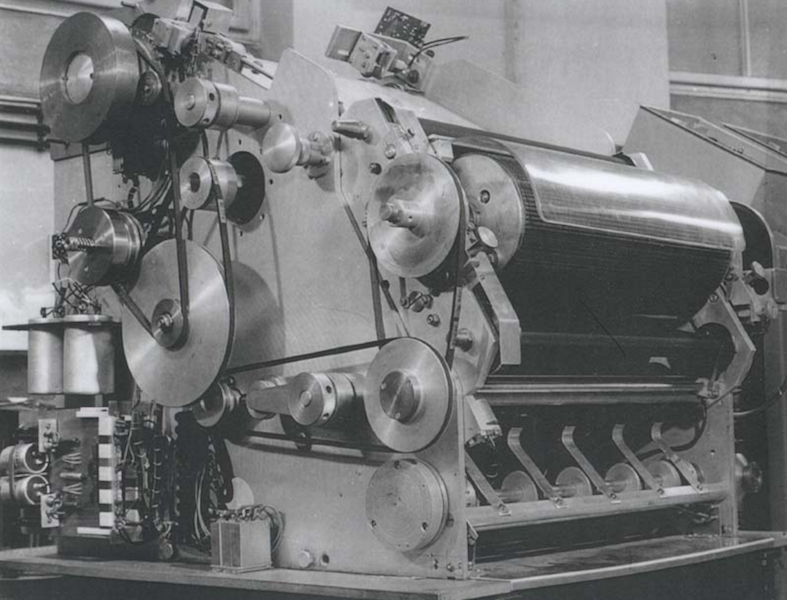
EPOS-2
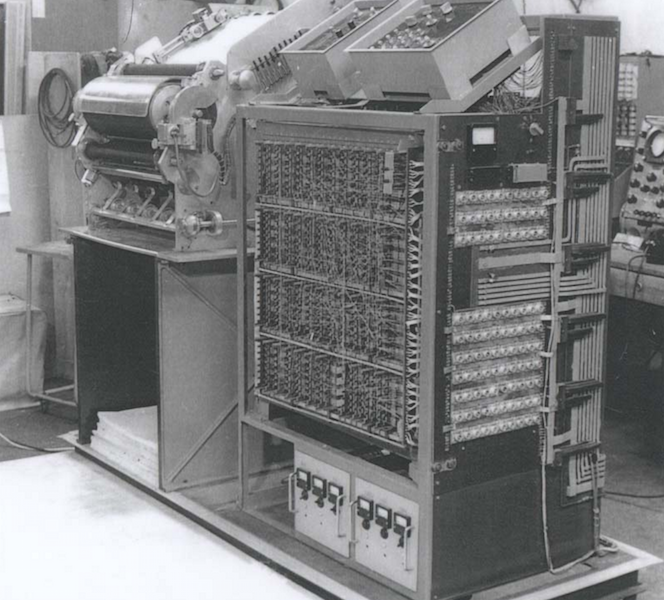
EPOS-2
The performance of EPOS-2 was up to 40 thousand operations per second. There were two variants of EPOS-2: ZPA-600 and ZPA-601. These machines were mass-produced; 30 sets of EPOS-2 computers were manufactured. The first ZPA-600 were unique for their time, created entirely on the domestic scientific and industrial base.
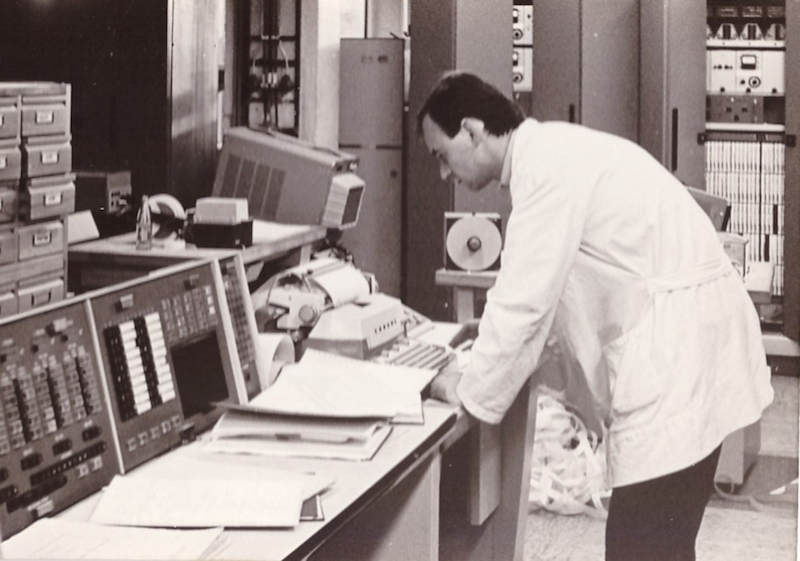
ZPA-600

ZPA-600
Beginning in 1968, when V. Gregor was appointed director of VUMS, a new stage in the development of computing technology began in Czechoslovakia. The VUMS developed MSP-2 peripheral devices; such machines as the National Elliot-803A, -803B, 503 (England), the Soviet Minsk car and the Polish ODRA were acquired for research. Gregor became Chief Designers of the EU-based ECM from Czechoslovakia. The machine is known under the cipher EC-1021. One hundred copies saw the light over 7 years of production. By the way, the car was incompatible with the USSR computer and the GDR, as it had the Siemens architecture (the beginning of work on it began even before the EU project), its command system differed in privileged commands, the computer needed a special operating system. Because the EU-1021 is considered a transitional machine to the EU computer.
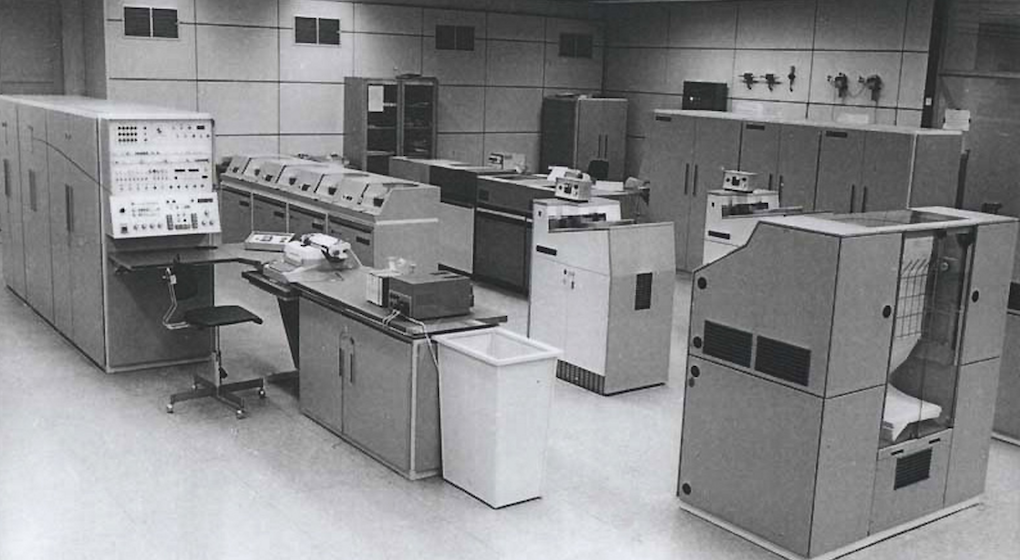
EC-1021
The EC-1021 computer was a small computer of the first stage of the Unified Computer System (EU) of the socialist cooperation countries and was focused on solving economic and administrative-management tasks. The machine processor is in the form of 2 typical racks (three frames in a rack, 6 panels in a frame) with dimensions of 800 x 1600 x 1600 mm, channels were placed in one rack, and processor units in the other rack. The 16 kb op-amp with expandability to 32 and 64 kb was built on ferrite cores, and the memory access cycle was 2 μs. The processor registers were 284 bytes of super-fast memory, the access cycle of which was 250 ns. A few words about the element base: in the EU-1021, TTL-type chips were used, for logic circuits, the SN-74 series of medium integration was used.
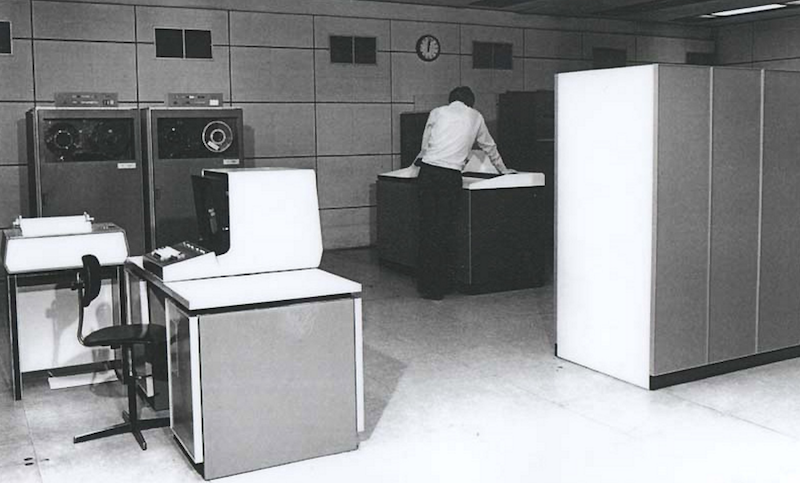
EC-1025
Full compatibility with EC machines. The computer had an EC-1025 computer, in which the principles of operation of the EC-2 computer were implemented. The chief designer was the director of VUMS Vrana. It was originally planned to use the machines as a satellite machine or an intelligent terminal connected to the central computer line of communication.
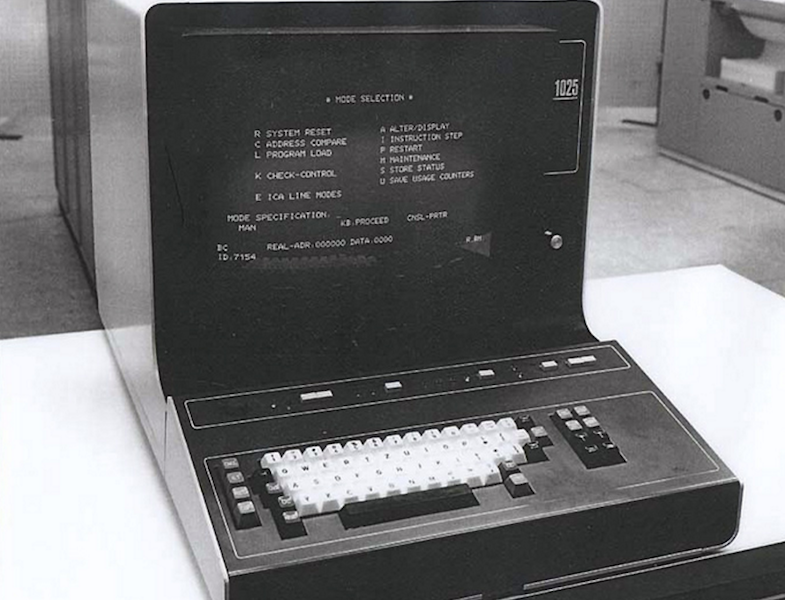
EU-1025
As in the EU-1020, the EU-1025 processor was a rack measuring 800 x 1600 x 1600 mm, the operator’s console was a table with dimensions of 750 x 1500 x 750 mm. The car took 60 square meters. meters The processor was built on the block principle, performed the functions of control and processing, organization of input-output, data storage in RAM. The main processor modules were operational, organizational, RAM, service, disk, multiplex.
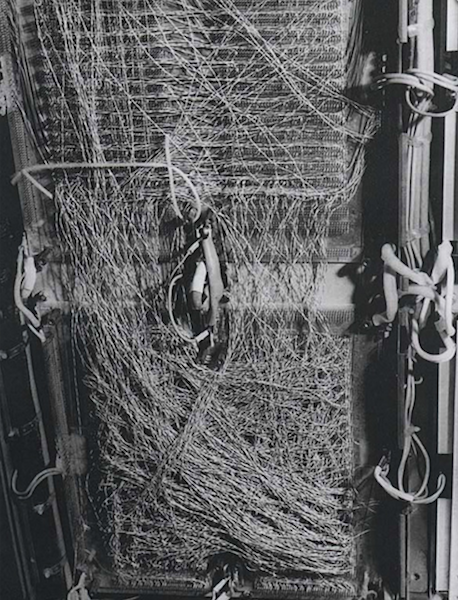
EC-1025
The second module of RAM, a tape module, a communication module could be added at the request of the customer. The EC-1025 was economical and efficient for processing small volumes of information.
At the end of 1984, the development of EC-1027 was completed at VUMS. This was the last Czechoslovak model of EU computers. It was used for scientific and economic calculations of small volume, for automation of information processing, it was used in small enterprises and in small divisions of large enterprises. Block principle of the processor in the form of a rack with dimensions of 800 x 1600 x 1600 mm. She worked on the DOS-4 EC operating system, which was created by the teams VUMS (Czechoslovakia) and IKVT (Hungary). This system included translators from Assembler, RPG-2, Fortran-4, Cobol, Pascal, Simskript, Sistran, PL / S, PL / 1.
Not to mention also ARITMA, which even before the war supplied machines for punched cards, and in 1951 it was reorganized into a national enterprise of office equipment. Maintenance and distribution of all computing hardware is associated with ARITMA.
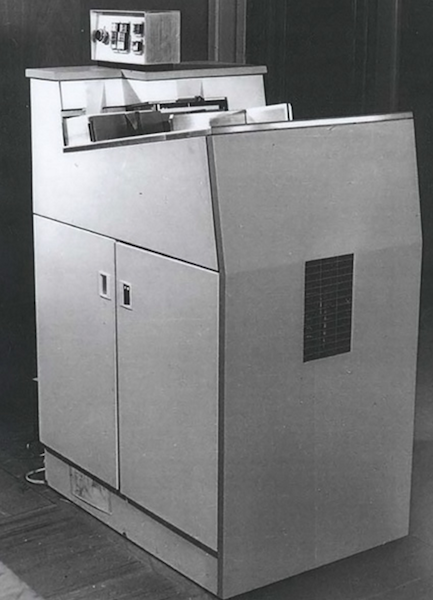
A device for entering information from punched cards produced by ARITMA
Over 25 years, starting in 1949, 18,000 punch card calculators (ARITMA-100, ARITMA-1010 and ARITMA-101), 220 computers, about 1000 analog machines of the MEDA series, and 160 specialized single-program computers were released. analog machines.

MSP 2A
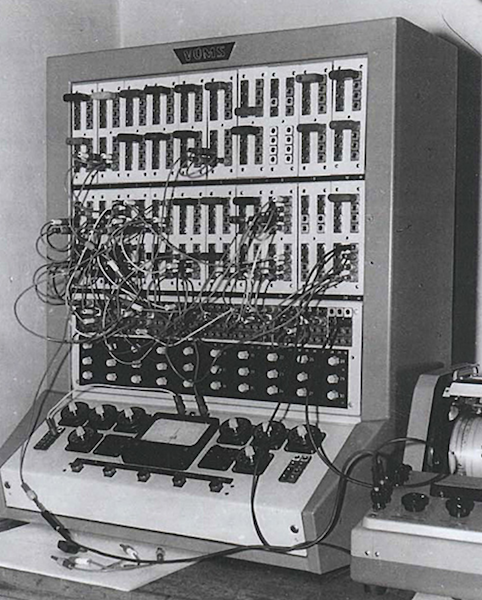
Electronic Differential Analyzer MEDA
The HRS ROBOTRON hybrid systems, 4241 HRS 7000 and HRS 7200, were produced by Czechoslovakia together with the GDR. There were also factories for the production of computing equipment such as Zbroyovka in Brno, instrument-making and automatics factories in Košice, TESLA in Prague.

Factory Zbrojovka Brno
The computer industry at the beginning of the 70s was at the level in order to structure it was created Prague “Joint collective enterprise for automation and computing technology” - ZAVT. ZAVT activities were focused on international cooperation in the field of computing equipment and controls. The merger produced microcomputers, microcomputer systems, analog and hybrid computers, such as MEDA-41TC, MEDA-42TA, MEDA-43HA, ADT-3000, HRA-4241. At the same time, ZAVT actively participated in the production of EU-based computers and SM-computers (EU-1021, EU-1025, SM-1, SM-2, SM-3-20 and SM-4-20).

Managing complex SM-1 system of small machines SM computer
In Czechoslovakia produced more than 30 types of devices EU computer. The EU-6122 punched tape input device was supplied in large quantities to the USSR. Peripherals for the EU and CM, data processing devices, office equipment, and CONSUL typewriters were also produced.

Typewriter CONSUL
